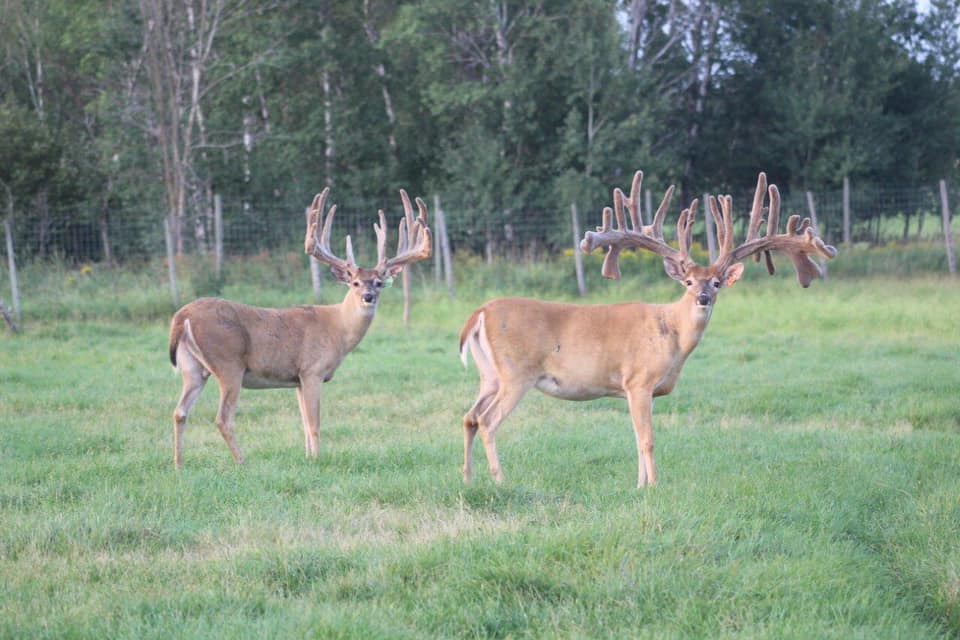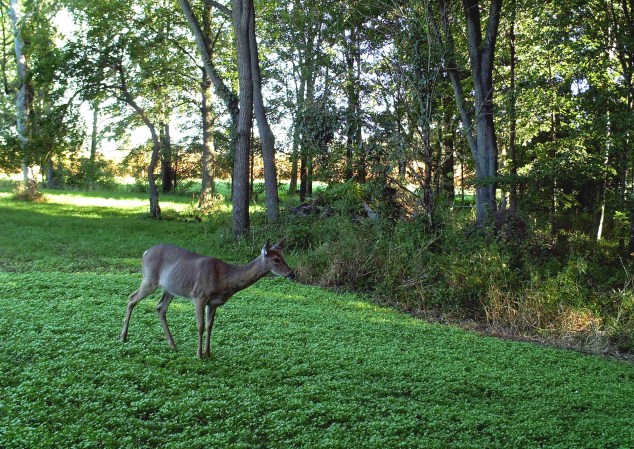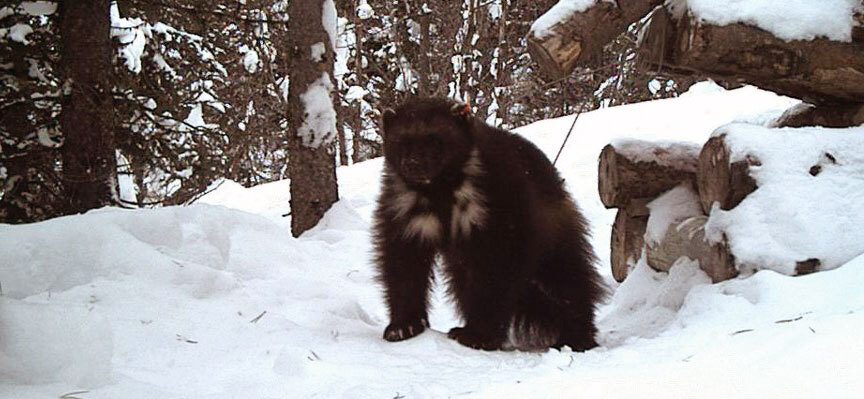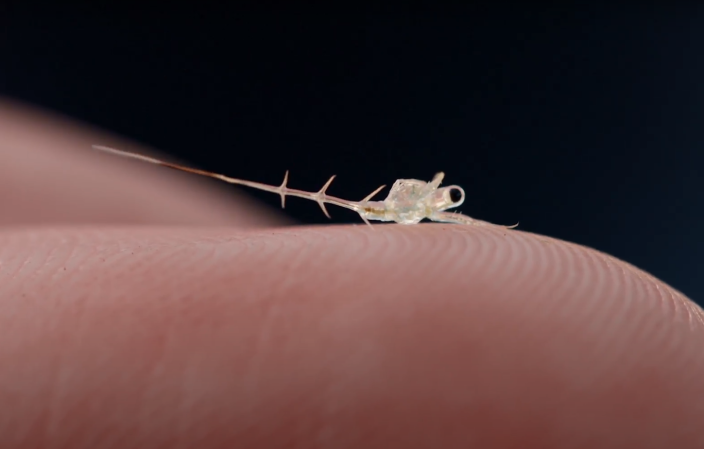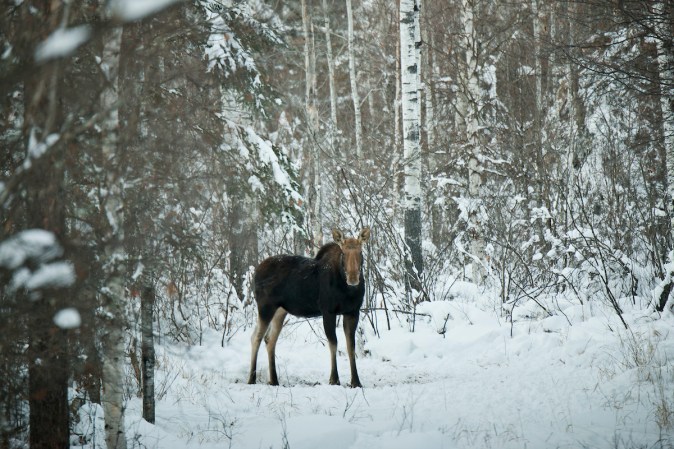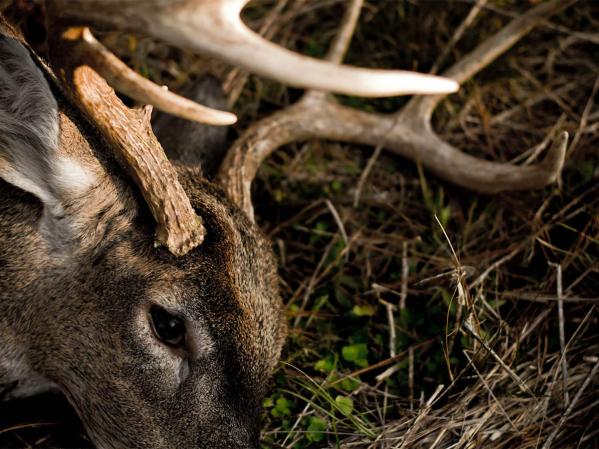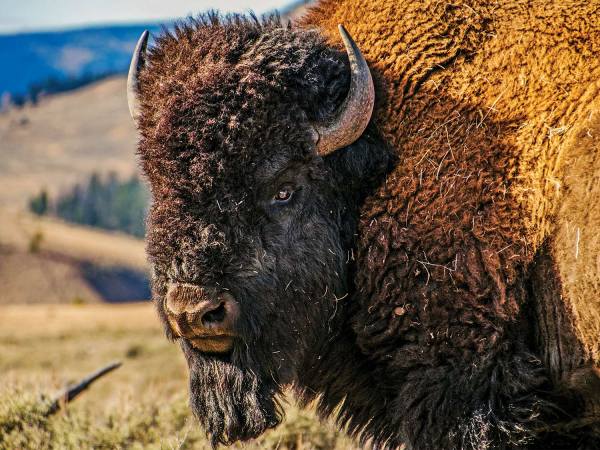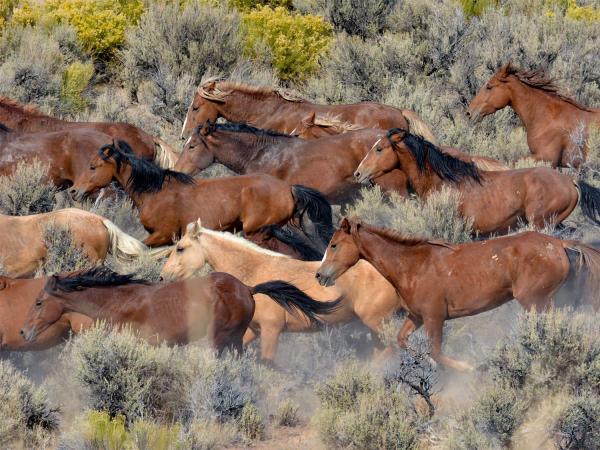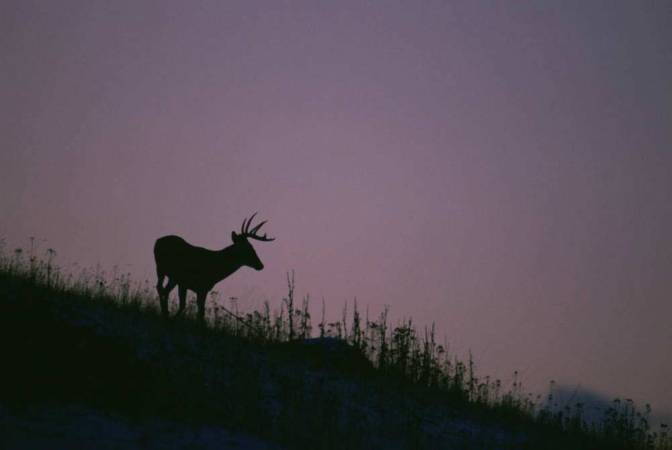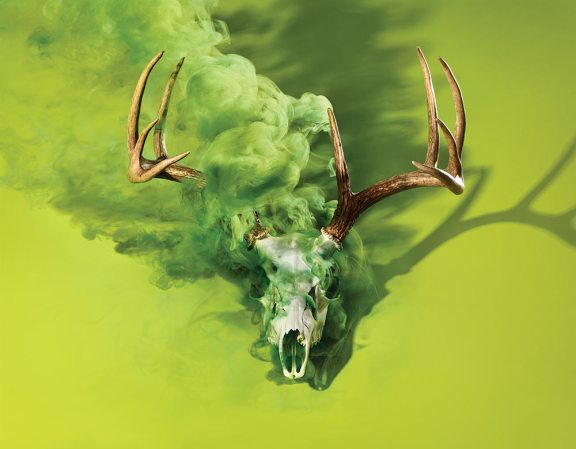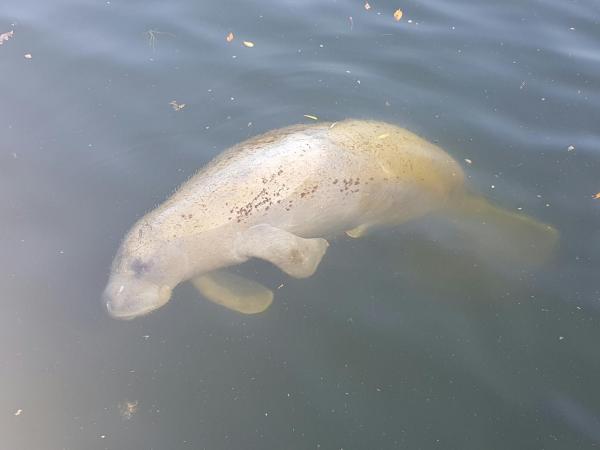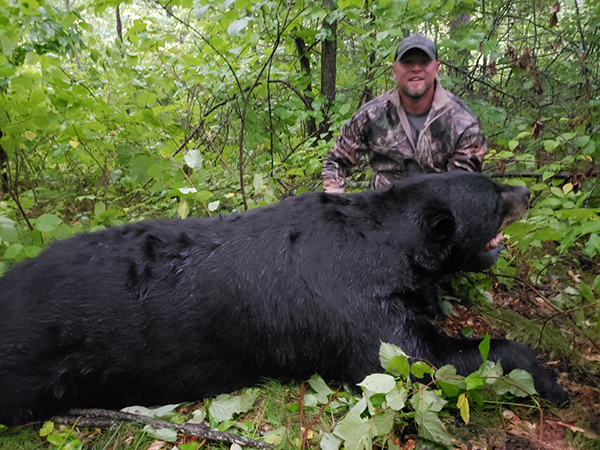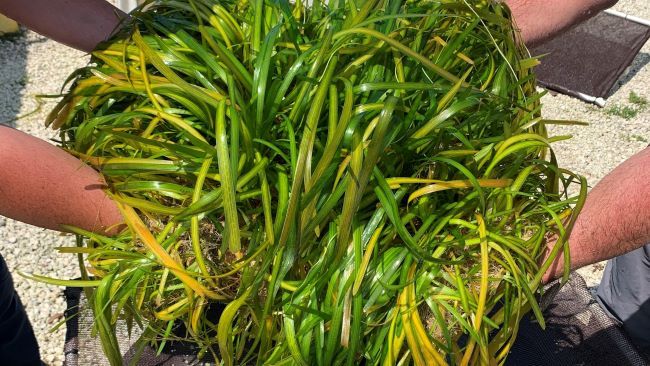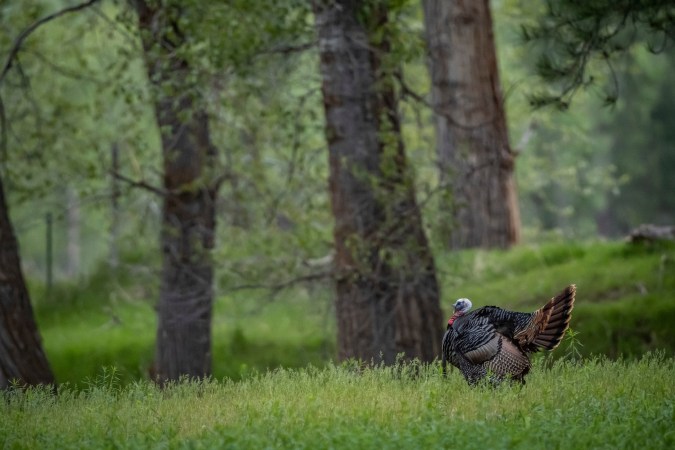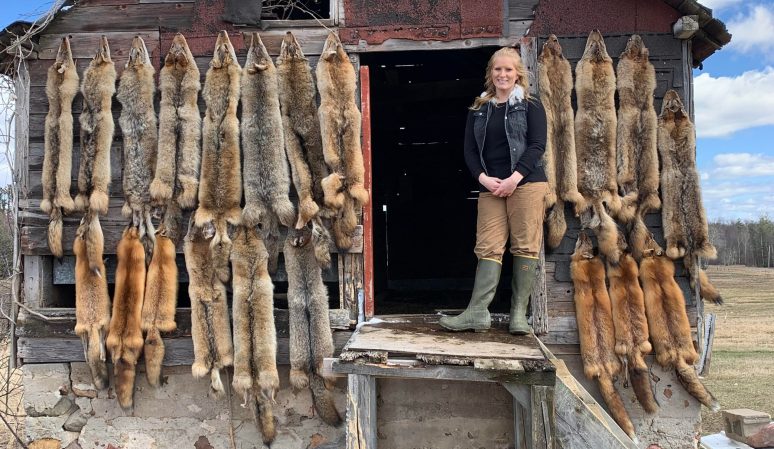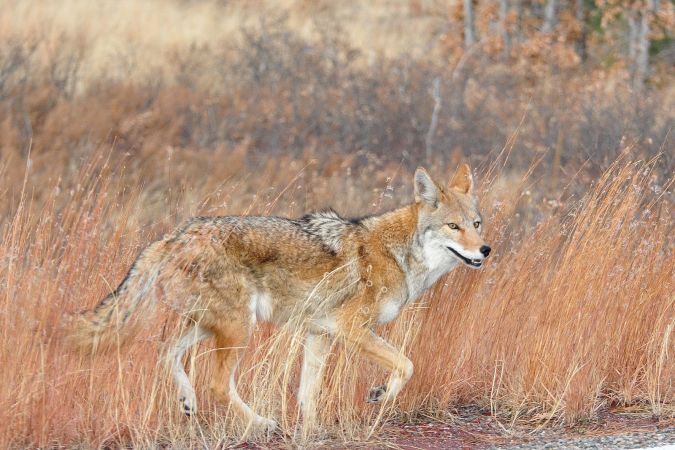More than 300 whitetail deer will be euthanized and removed from a Wisconsin deer farm following the confirmation of chronic wasting disease at the site. The action to depopulate Maple Hill Farm near Gilman, WI, came in August 2021. However, the Wisconsin Department of Agriculture, Trade and Consumer Protection just announced that the depopulation will occur this month at a Taylor County facility, according to the Milwaukee Journal Sentinel.
“(CWD) is devastating me and my business,” farm owner Laurie Seale told the newspaper. “I know some of my animals will test positive, but it’s wrong to kill all of them.”
Seale started Maple Hill Farm in 1989, and most of her revenue comes from raising giant bucks for private hunting ranches. Since 2016, Seale has shipped 387 deer to 40 facilities in seven states, but she maintains that the herd has been “closed” with a double-fenced perimeter since 2015. The roughly 40-acre farm currently has between 325 and 350 deer housed in pens, with more fawns on the way—which means the total number of animals to be removed has yet to be determined.
“The first CWD-positive animal found at the site was a 6-year-old doe born at Maple Hills,” Seale told reporters. One of its fawns and several other deer have tested positive since.
The state’s plan to depopulate Maple Hill Farm will go down as the largest CWD-related deer farm depopulation in Wisconsin history—both in the number of animals removed and the size of the indemnity payment. The federal fund allows for a maximum payment of $3,000 per animal, so for 350 deer, that would be a roughly $1.5 million paycheck.
READ NEXT: If Chronic Wasting Disease Is Fatal, Why Aren’t We Finding CWD-Killed Deer in the Woods?
The depopulation of the farm has been stalled for almost a year as WDATCP worked through various details, such as the possibility of selling bucks to CWD-positive shooting preserves. There was also a disagreement regarding how the deer would be removed. Seale refused the state’s original plan to kill the deer using sharpshooters, and will instead pay a veterinarian to lethally inject the animals.
More CWD and More Deer Farm Depopulation Efforts
Wisconsin currently has 301 registered deer farms with 38 considered CWD-positive, according to state data. Twenty of those 38 farms have been depopulated with indemnity paid to the owners.
In 2021, CWD was confirmed in eight captive deer facilities in Eau Claire, Langlade, Outagamie, Portage, Sauk, Taylor, Vilas and Waukesha counties. So far this year, the fatal neurological disease has been discovered at additional sites in Walworth and Waukesha counties, according to WDATCP reports. The rate of infection and prevalence in wild deer populations within the state has steadily increased every year with confirmed cases numbering 1,578 as of 2020.
“Whether your concern is deer inside a fence or outside, nobody likes CWD and its consequences and this is yet another unfortunate story with a familiar plot,” Nick Pinizzotto, president and CEO of the National Deer Association told Outdoor Life. “Our organization exists to ensure the future of wild deer and wild deer hunting, so protection of that resource in this area is our primary concern.”
Maple Hill Farm isn’t the only deer farm in the country making headlines. In Texas, the owner of RW Trophy Ranch has refused to allow the depopulation of his herd despite multiple animals testing positive for CWD. The case is a cause for alarm as the delayed extermination—and the associated legal maneuvering by owner Robert Williams—could change how CWD is managed in these situations. That case is awaiting a decision from the Texas Supreme Court, and the deer at the ranch must stay put until that happens.
To date, CWD has been confirmed in mule deer, whitetail deer, elk, and moose in 29 states, five Canadian provinces, and at least three other countries. There is no vaccine or cure, and there is no known way to eradicate CWD once it’s established in wild deer populations, according to the National Deer Association.
